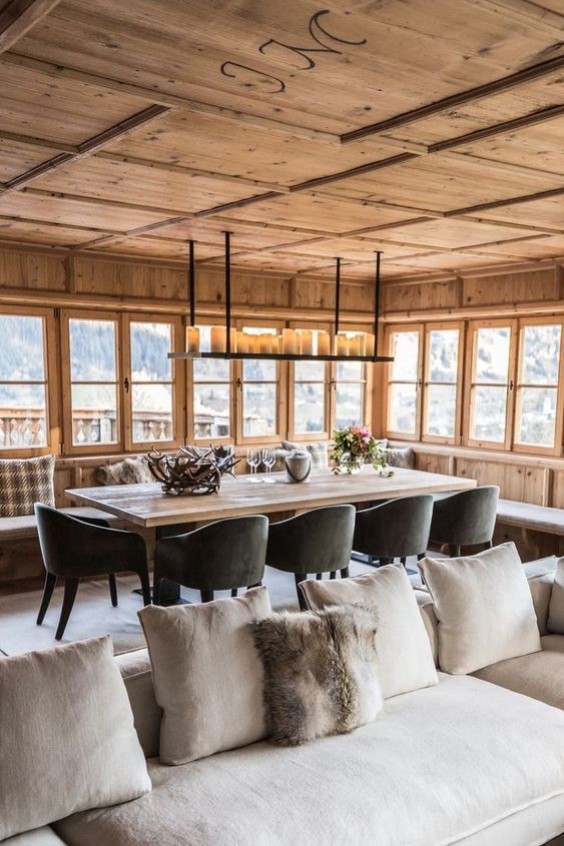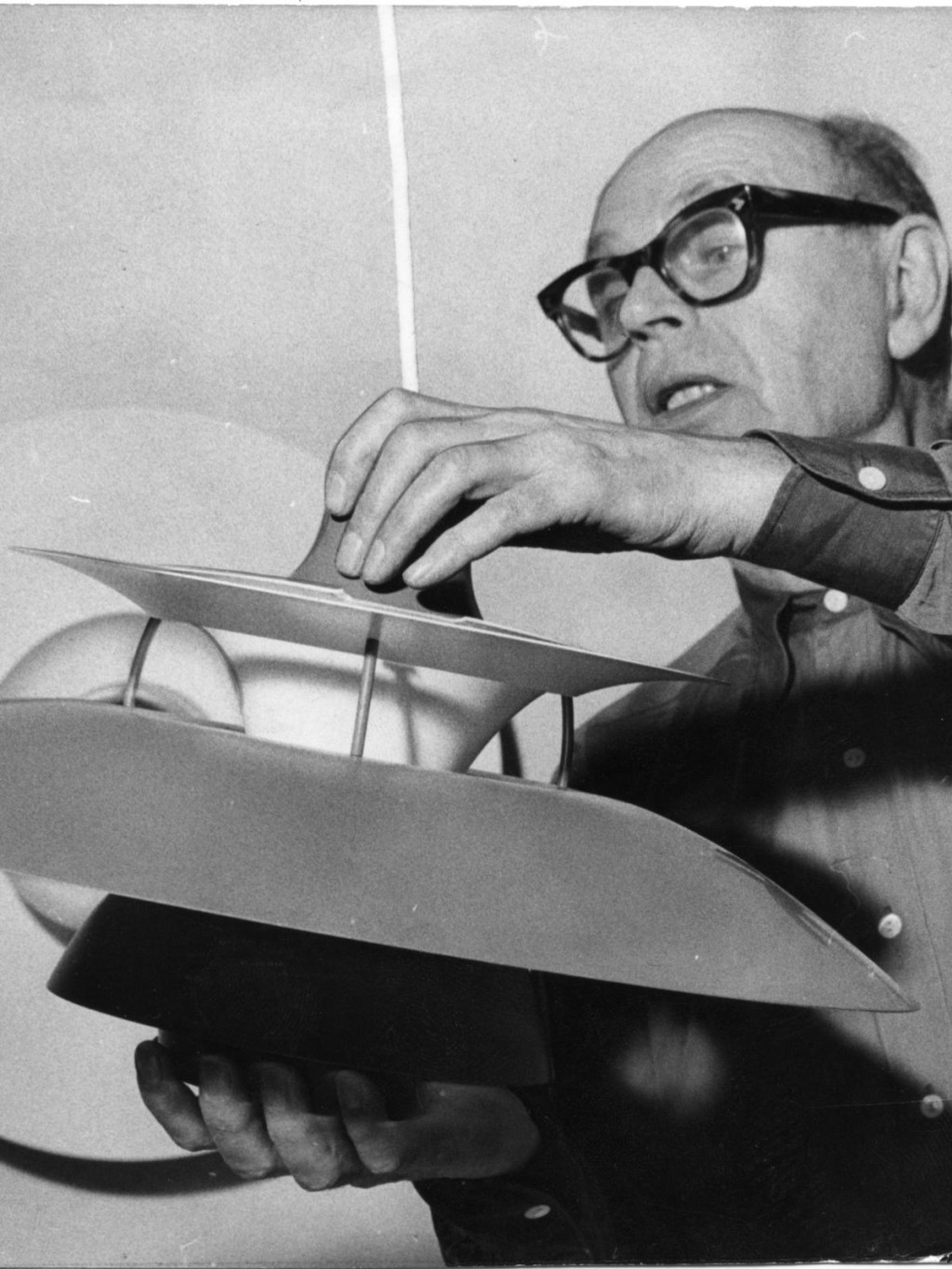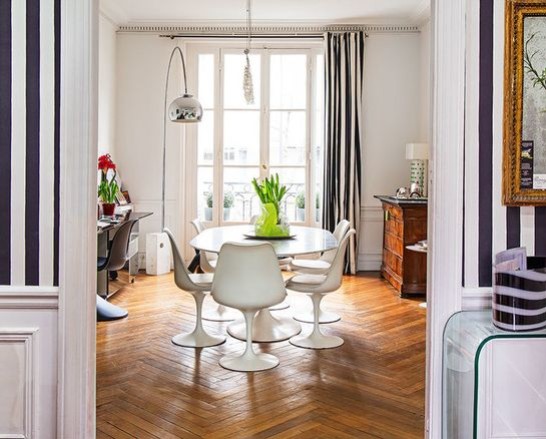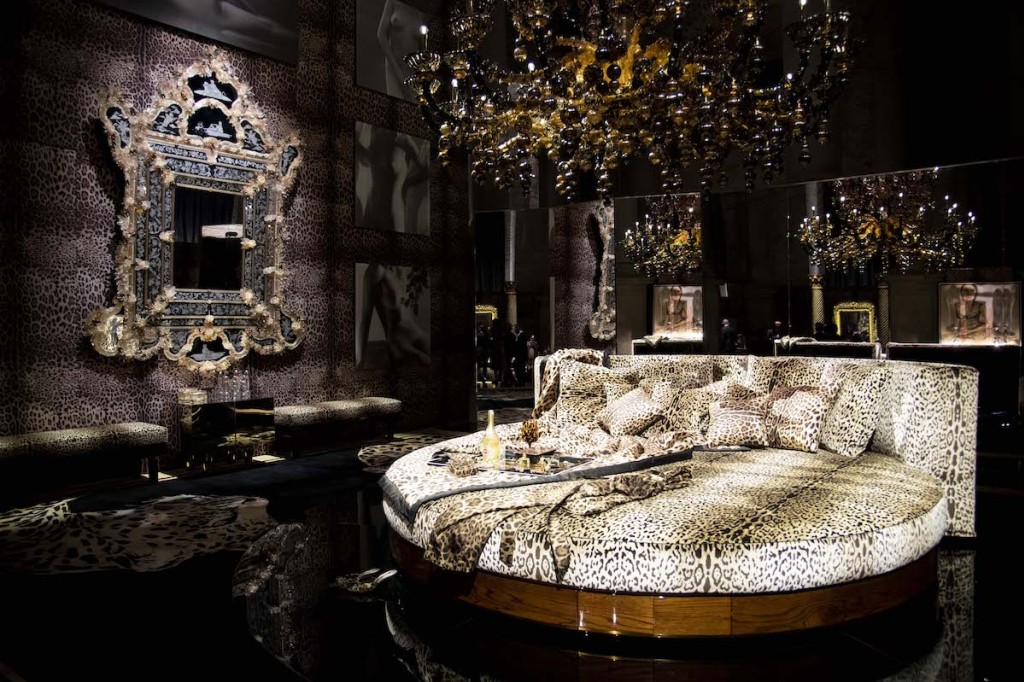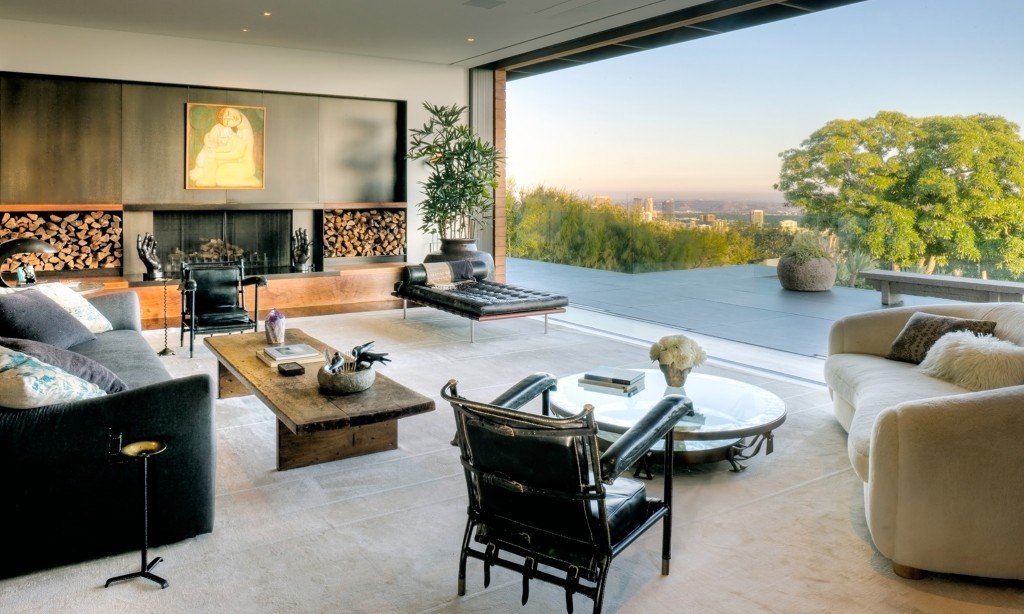The timeless elegance of the Venetian mirror
The Venetian mirror has its roots in 15th-century Venice. At that time, Venice was renowned for its exceptional expertise in the art of glassmaking. The innovative techniques of glass artisans, particularly on the island of Murano, led to the creation of mirrors of unprecedented clarity and quality. These mirrors were highly prized and symbolized luxury and wealth. This article evokes the tradition of the Venetian mirror, a decorative accessory that is still highly prized, since it offers a beauty that transcends trends and adapts to interiors of very different styles.
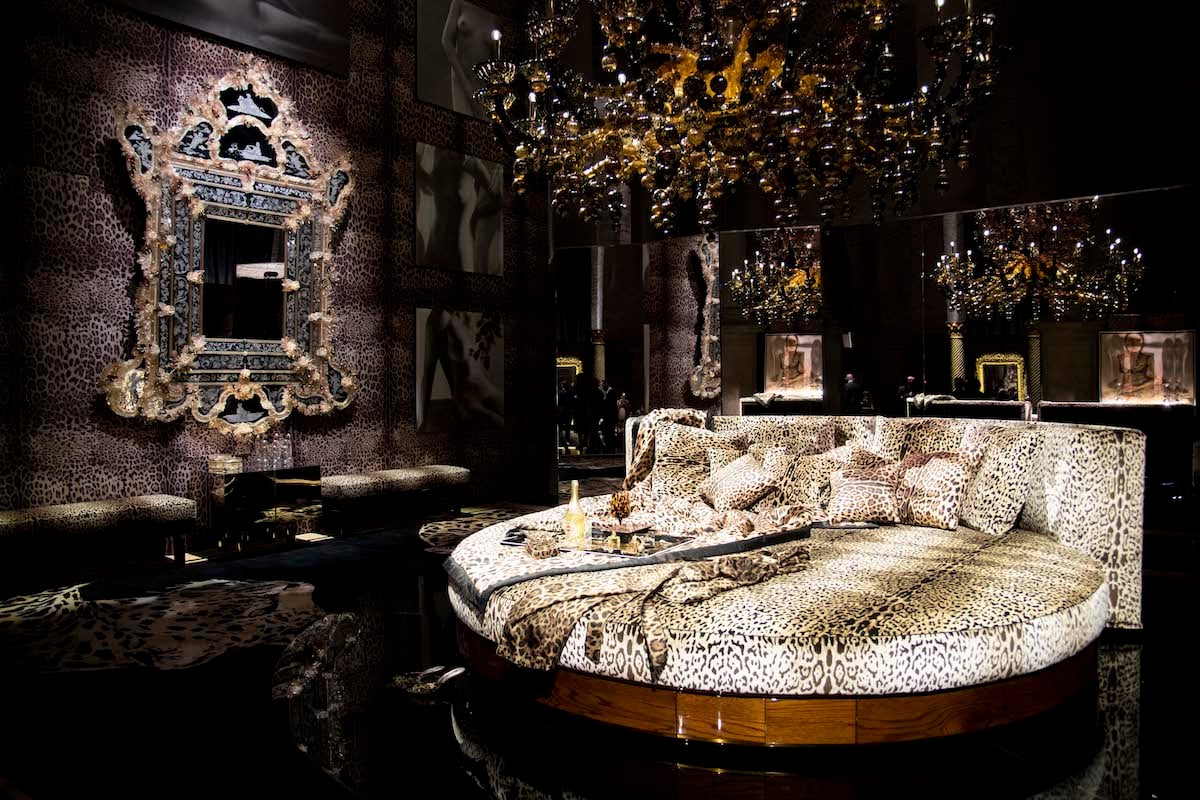
Murano, a series of islands in the Venetian lagoon, is famous for its centuries-old tradition of glass-blowing. Venetian mirrors are made here using a special technique that involves adding a metallic layer behind the glass to create a reflection. These mirrors are often adorned with exquisite details, such as engravings, colored glass borders, and floral or geometric motifs. Each mirror is a unique piece, entirely covered with glass plates. A pediment and beaded frame are often used to enlarge the glass surface.
Skilled craftsmen carefully create these works of art by hand, using techniques and manufacturing secrets that have been handed down from generation to generation over many centuries of glasswork. Many Venetian mirrors, handcrafted centuries ago, still exist and are cherished by families who jealously guard them.
Venetian mirrors are renowned for their elaborate borders, delicate patterns and etched or colored glass details. Some pieces transform an ordinary wall into a true work of art. Venetian mirrors come in many shapes: rectangular, oval, round, or sometimes more complex. Designs range from simple borders to elaborate ornamentation with floral motifs, scrolls and raised details. Some have an antique finish for a vintage look, while others are modern and sleek. Traditionally made of Murano glass, some incorporate metal or wood elements for the frame.
.png)
Did you know? Venetian glassmakers perfected the mystical technique of gold dusting: they added gold leaf to the glass before the freezing process and embedded it in the mirror glass. The gold leaf, protected forever within the glass, added eternal color and brilliance to the Venetian mirror.
How to recognize a genuine Venetian mirror? To identify a genuine Venetian mirror, you can check the following points. Firstly, the quality of the glass: it must be clear and flawless. Next, the ornamentation must be finely worked and detailed. And don't forget the signature: some mirrors bear the signature of the craftsman, the master glassmaker, or a certificate of authenticity. Remember that authentic Murano glass is only produced on the island of Murano, Italy. Based on the master glassmaker's signature and/or the certificate of authenticity, you can then identify the origin of the glasswork.
The tradition of the Venetian mirror is rooted in historical know-how and is often associated with organic design and rich ornamentation. However, contemporary design enthusiasts who prefer a pared-down look to a busy, flowery style need not worry: Murano's great glassmaking houses have evolved with the times, offering Venetian mirrors designed in collaboration with contemporary creators.
Barbini, for example, a family of master glassmakers established in Murano since the second half of the 16th century, revived the Venetian mirror tradition in the 20th century and today collaborates with contemporary designers such as Philippe Starck, India Madawi, Nathalie Decoster, Martino Gamper and Sara Forte. In collaboration with Barbini, the latter has designed 2 contemporary ranges of Venetian mirrors that literally dust off the old-fashioned image of the Venetian mirror.
In addition to their beauty, Venetian mirrors play a functional role by amplifying space and natural light. They add depth to a room, making it larger and brighter. Their ability to reflect light can also help create a warm, welcoming ambience.
Despite their rich history and a look that some find ostentatious, Venetian mirrors can be adapted to a variety of interior styles, from the most classic to the most modern. They can serve as a contrasting element in a minimalist décor, or conversely complement a more opulent interior. Their designs range from traditional motifs to contemporary interpretations, enabling them to harmonize with different decorative themes. For all these reasons, Venetian mirrors regularly come back into fashion, as a timeless decorating accessory to make a home's interior shine!
François Boutard

.png)
.png)
.png)
.png)
.png)
.png)
.png)
.png)
